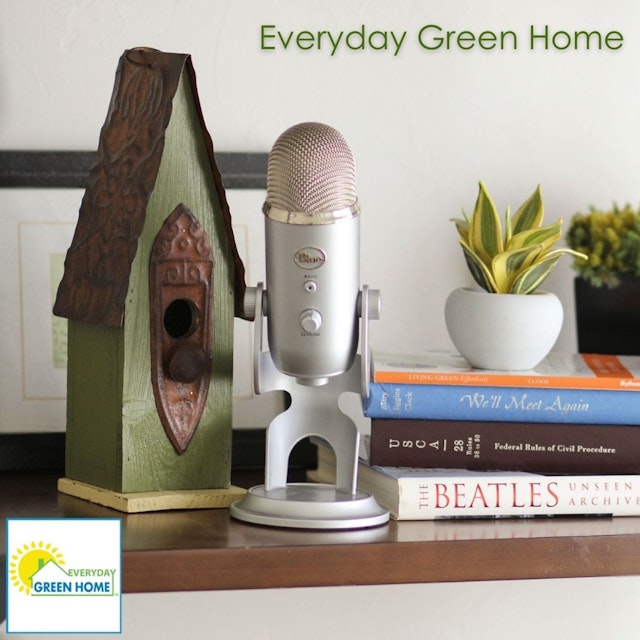I’m Marla, The Green Home Coach. I’m back today with another chapter from my book, Living Green Effortlessly: Simple Choices for a Better Home.
I wrote the book to help you and share some of my experiences so that you won’t have to make the same mistakes that I was making.
Our homes have a secret life that we may not even know about as a result of all the complexities of our modern lifestyle. You could unknowingly be living in a home that is not in your best interest, and it could be making you sick.
We will be covering chapter four of my book today. It talks about some actions that we can take to change some small stuff in our homes. We will be looking at what goes in your home, what you need to think about, what you need to look for, and what you need to choose.
Choices
Many of the choices you need to make are inside your home. They are the more decorative elements and the fixtures and fittings that you choose.
What the things in your house are made up of
The things in your house are made out of wood, metal, glass, paint, varnish, glue, and plastic. It can be hard to know which products are made the best, the most efficient, and the most earth and people-friendly. To find out, you can check on various websites online, especially the non-profits that set the standards on sustainable, eco-friendly products.
VOCs (Volatile Organic Compounds) and toxins
You do not want to bring VOCs or toxins into your home if you don’t have to. If you don’t know they are there, however, you might bring them home by mistake.
Labels
There are now labels that go on building materials and other goods that we buy. Those labels are not yet as standardized as the food labels are, but some good strides are getting made, and there are also a lot of independently tested and verified third-party certifications that can go on those labels. Those certifications are a great short cut to knowing that your product has been tested and certified by someone unrelated to the company.
Flooring
There are hundreds of choices for flooring, and they all have their pros and cons. You only need to focus on what will work best for you, based on your personal preference, performance, fashion, and lifestyle. You can also take into account the manufacturing methods and the carbon footprint.
Types of flooring
Wooden floors: You can think of true hardwood flooring as furniture for your floor. When it comes to colors, remember that darker colors show the dirt a lot.
Bamboo floors: Bamboo is a grass that grows very fast. It can get harvested every seven years, making it a rapidly renewable resource. However, it takes lots of resources to transport the bamboo from Asia and manufacture it into products.
Cork floors: Cork is the bark of the cork tree. It is very resilient and the softest of all the hard surfaces, making it comfortable to walk on. It is a natural insect repellent, and it is mold and mildew resistant. Cork is a fairly rapidly-renewable resource because it can get harvested every nine years.
Stone and tile floors: Stone and tile are great choices for asthma and allergy sufferers because they are easy to clean and don’t hold dust and dirt. The issue with stone and tile floors is that they tend to get very cold in cold weather.
Local options for flooring
Try to find a local option to supply your flooring, if possible.
Decisions
There are many decisions for you to make when you choose materials to use in your home. Always start with whatever is the most important to you that fits into your budget. From there, consider the pros and cons of all the different options.
The three Rs
Remember to reduce, reuse, and recycle items whenever possible. By doing that, you will help keep the landfills from getting out of control.
Toilet paper
Forests get used to manufacture toilet paper. You can get away from using toilet paper made from big trees by using toilet paper made from recycled paper or non-tree toilet paper made from bamboo or hemp.
Referral Links:
My website Green Home Coach
Book: Living Green Effortlessly
Facebook Group: Love Your Everyday Green Home
The podcast Everyday Green Home is embedded on this page from an open RSS feed. All files, descriptions, artwork and other metadata from the RSS-feed is the property of the podcast owner and not affiliated with or validated by Podplay.
